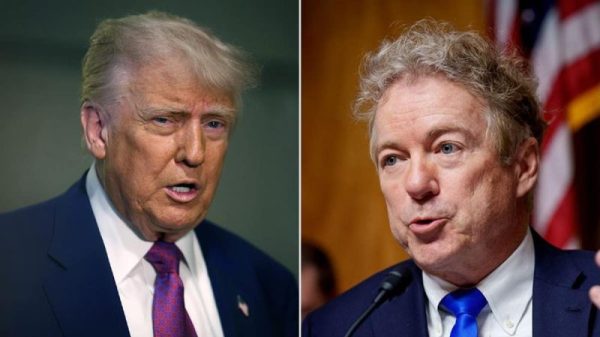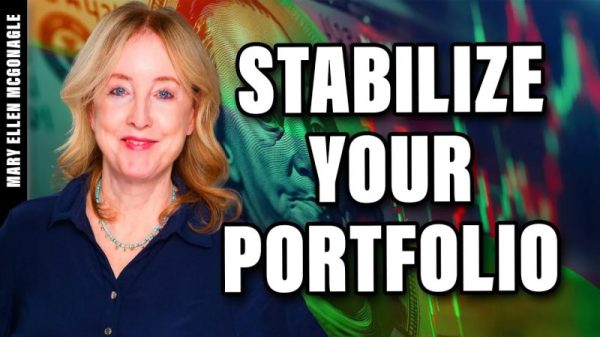With the apparent failure of Silicon Valley Bank (SVB) potentially causing a crisis in the American and even the global financial system, we will be treated to all manner of explanations, very few of which will accurately state the cause of these troubles: fractional reserve banking.
In modern banking there is little separation between warehouse and investment banking. The downside of investment banking is a potential loss of money since no investment can be a sure bet. The upside is the potential for a good return on money, the reward of taking on a degree of risk. In warehouse banking, such as personal or business checking accounts, the customer is not expecting any loss due to actions taken by the bank. The service rendered here is not expert investment advice; rather it is secure storage of funds and seamless payment transfer. The customer expects all of his money to be available to him at any time.
Rather than having to pay a small fee for the services of a warehouse account, depositors are, in fact, paid a small return for using these services. This is because modern banks lend out money stored in warehouse accounts. Since the warehouse depositor is entitled to access all his money on demand, the banking scheme requires the creation of new money out of thin air. Say the bank lends outs 5 percent of the value of a warehouse account. They still claim to have 100 percent of the value of the account available to the depositor. In theory, this works if what the bank invested the 5 percent in was successful: the return on investment brings the real value of the warehouse account back up to 100 percent, pays a gain to the depositor, and pays a profit to the bank.
Everybody wins. That is, assuming the investment is successful, which can hardly be relied upon. With the failure of the investment, the bank is now short 5 percent of the funds both expected by and legally owed to the warehouse account depositor. The bank has to find a way to make up the 5 percent shortfall before the depositor realizes what has happened. Otherwise, the depositor will try to remove all of his money, recouping his deposit from the bank’s reserves.
We have been discussing only one account, but banks have many customers. We have also been discussing the relative prudence of a 95 percent reserve requirement. Say a bank has only 10 percent of their warehouse deposits available in cash. If its investments fail and it struggles to make payments, customers will scramble over one another to be the first to withdraw their deposit from the meager 10 percent the bank actually possesses. This is called a bank run and is the death spiral of a failing bank.
This microeconomic situation has macroeconomic implications. The bank’s creation of money increases the money supply, inherently lowering lending standards. Investments which otherwise wouldn’t have been made typically fail and thus constitute malinvestment. Resources are misdirected, and during the time it takes to redirect resources into a new and sound capital structure, a recession occurs.
In more prosaic terms, banks are the engine of economic growth, as they make capital available for businesses (investment banking). They are also the gasoline, as they provide a payment system (warehouse banking). If many banks fail, these essential services are unavailable, depressing the economy in a “liquidity crisis,” the beloved of the economic mainstream.
The mechanism I have outlined above explains what happened in the case of Silicon Valley Bank. They did not have 100 percent of their warehouse accounts available in cash. The Federal Reserve dictated ultra-low interest rates for years. The Fed began raising rates in 2022 and 2023. SVB had extensive holdings of older US government bonds, losing investments when the Fed begins to raise rates. (Higher interest rates are also bad for start-ups in general.) The losses mounted, and SVB failed to secure money to cover the shortfall. Customers caught wind of what was happening and rushed to withdraw their deposits.
The bank was insolvent, and the regulators took over operations. Since SVB is (was) the sixteenth largest bank in the United States and a key lender to the tech industry, one of the most important industries in the country, the outlook for the American economy is poor. Since all banks are intertwined in lending to one another, the outlook for the global economy is poor as well, with banking shares dropping internationally.
The mainstream appears to understand the practical impact of fractional reserve banking, without realizing the full implications. As equity research analyst Alexander Yokum said in a comment to the BBC, “The issue was that people wanted money and they didn’t have it—they had it invested and those investments were down.”
A single bank failure doesn’t necessarily spell economic collapse. SVB is liquidating assets to cover deposits, which is the right thing to do. America also has the Federal Deposit Insurance Corporation (FDIC), which is a government agency that insures all deposits up to $250,000.
However, the FDIC is only a temporary solution which makes things worse in the long run for the economy at large. The deposit insurance program institutes moral hazard and encourages risky behavior by banks.
The solution to both bank runs and business cycles is to institute a gold standard along with a 100 percent reserve requirement for warehouse accounts. We must foster the public understanding that we live in the real world, not a utopia, and thus all investments carry risk. To avoid risk entirely means foregoing any prospect of a return and paying for warehousing services rendered, just like paying for any other good. Potentially, banks with both warehousing and investment divisions could offer free warehousing or even a return on warehousing accounts to entice people to use their investment division over that of competitors. But the separation between divisions would have to be strict for this to not be fractional reserve fraud against both the individual depositor and the public at large. Under this system, it would be possible to have economic growth, no inflation, no business cycles, and a declining price level too.


























